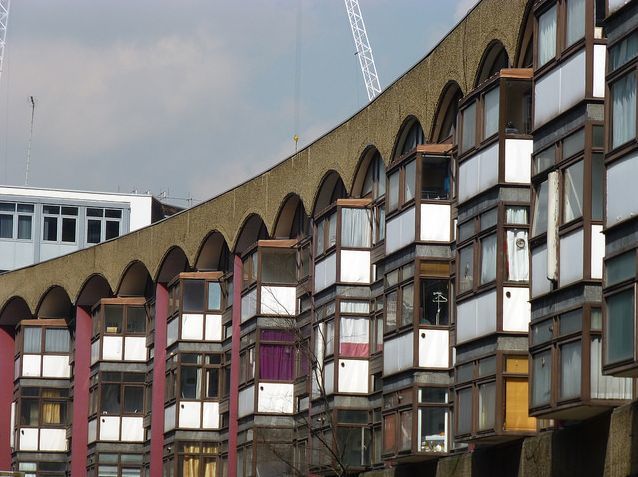
2014 is the year housing finally made it to the top of everyone's political agenda. Shame that hasn't actually translated into meaningful action yet, but the thought's there... Diane Abbott's called for rent controls, but even minor attempts to manage the private rented sector didn't do much — the Mayor's voluntary standard for landlords has not helped any of the tenants stuck with bad landlords, to nobody's surprise, and two Conservative MPs managed to kill a bill aimed at preventing revenge evictions, by filibustering it to death.
The problem with housing, and why this tinkering around the edges makes us scream, is that we need action. Now. And lots of it. Rents are rising, benefit caps are pushing people out from communities they've been part of their whole lives to the outer boroughs (putting more pressure on services in outer London), evictions are now the cause of four in 10 Londoners being made homeless and house prices are rising so dramatically we can actually see the falling affordability on a map.
So, what to do? In essence, we need to build more bloody houses. But we also need to make sure they're the right kinds of houses, and that they actually allow normal Londoners to live in them. London Councils reckons we need around 800,000 more homes over the next decade, so how are we doing? Well, "affordable rent" homes built with funds from City Hall will, in theory, create 55,000 new homes between 2011-2015, but we're not convinced that target will be met (and don't be fooled by the term "affordable rent": where old-style council rents were around 30%-40% of rent levels in the local market, "affordable rents" average 60% of market rents and can be up to 80%). Later in the year, the E15 mothers' protest highlighted Newham council's decision to allow perfectly serviceable homes to stand empty, while in Tower Hamlets the Balfron Tower is changing from social housing to private tenants.
Elsewhere, developers are stuck in a cycle of raising funds by selling off-plan to overseas investors, who either never live in these flats or rent them out for profit — and thus help perpetuate the problem of spiralling rents. We like the idea of Build to Rent, where institutional investors such as pension funds pay to build developments 100% rented out by large scale, decent landlords, but currently they're a drop in the ocean.
The problem's neatly illustrated by taking a look at the year's most high-profile new developments. Somehow, when what the city needs is plenty of housing for ordinary Londoners, this is what's getting built:
- Earl's Court: 760 of 7,500 new homes will be classed as "affordable" and properties are being so heavily marketed overseas that campaigners resorted to bad feng shui to scare away the Chinese.
- Battersea Power Station: 16% of the 3,500 homes will be "affordable". The first tranche of pads were sold overseas and one has just been sold on for a profit of £500,000 despite not even existing yet.
- Wood Wharf: 25% of the Isle of Dogs development is slated to be "affordable", but could rise to 40%.
- Shepherd's Bush Market: Hammersmith and Fulham council has allowed developers of the site to avoid any commitment to make some of the 200 properties "affordable" in return for sprucing up the market.
- Tottenham: the 10,000 new homes being built in one of London's most deprived areas will be a mix of private ownership and private rent, "affordable" and social rent and shared ownership.
- Mount Pleasant: 24% of the 681 homes on the former Royal Mail site will be "affordable", which we worked out would mean £1,225 a month for a two bedroom flat (might sound reasonable, but remember you can't just walk into your local estate agent and pick up an affordable rent home, you have to apply to a housing provider and prove you have a need).
- Convoys Wharf: the Deptford development will have 3,500 homes, 15% of which will be "affordable".
- Nine Elms: the 'nine towers' of Nine Elms will each have between 4.5%-23% "affordable" housing. (Keybridge House got away with the 4.5% after promising to finance a primary school, and The Tower at St George's Wharf will have no "affordable" housing at all, but is providing around 100 homes in a separate block.)




